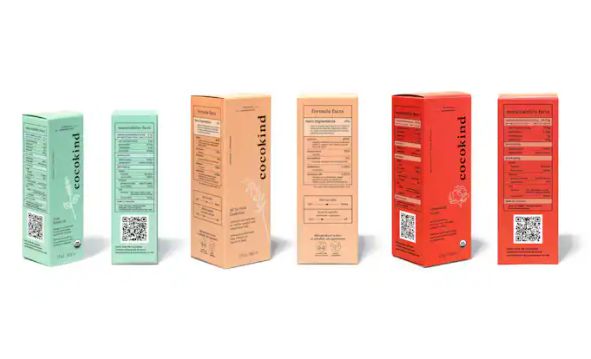Will Carbon Labels Matter?
from: Washington Post
Companies bet carbon labels can help the climate. Will consumers catch on?
Growing demand for sustainable goods is driving carbon labels into the market
The Dasher costs the planet 9 kg of carbon emissions — a number that includes the life cycle of the shoe, including the extraction of raw materials, manufacturing, use and its disposal.
“In creating the carbon label, we synthesize the crux of what is challenging our species from an environmental perspective into a single number,” said Joey Zwillinger, the company’s co-founder.
The company developed a tool with a third party in 2018 to measure its carbon footprint — tracking everything from the methane generated by sheep burps in New Zealand where the company sources its merino wool to the air conditioning whirring in its factories.
Earlier this year, it made the proprietary methodology public, imploring the fashion industry, which accounts for about 10 percent of global emissions, to be more transparent.
“The goal of our initiative is to create a race to zero [emissions] — or better,” said Zwillinger.
The company recently partnered with Adidas to make what it claims is the lowest carbon running shoe ever — clocking in at under 3 kg carbon emissions. The shoe, not yet on shelves, will be widely released next spring.
How to start tackling your home’s water — and climate — footprint
Last year, Priscilla Tsai, founder of the beauty brand, Cocokind, began working with a third party to calculate the carbon emissions of her products.
The carbon footprint of Cocokind’s Rosewater Toner — 24.5 grams CO2e — is now displayed like a nutrition label on its packaging. Its Chia Facial Oil generates 2.7 grams of carbon emissions.
The process was cumbersome and expensive, said Tsai, but the labels have been well received by customers and prompted her to reconsider where the company sources some of its ingredients.
Still, Tsai said she worries some customers may be confused by the labels. “Most consumers don’t know how to read a carbon label yet,” she said. “We are putting out the education and we’re asking consumers to learn with us.”
Compounding the problem, experts say, is the lack of federal guidelines for carbon labels.
“Confusion is the enemy of action,” said Paula DiPerna, an adviser to CDP, a nonprofit group that works with companies to disclose their environmental impacts. “As a consumer, you’re kind of stuck between a rock and a hard place in the sense that either you’re overwhelmed with technical data or it’s a confusing situation.”
There are voluntary international standards for estimating a product’s carbon footprint. But neither the Environmental Protection Agency or the Federal Trade Commission have programs to regulate or standardize carbon labels.
“The Federal Trade Commission does not have any specific carbon labeling requirements,” said Hampton Newsome, an attorney in the agency’s Bureau of Consumer Protection. But, he said, the FTC issues Green Guides to help marketers avoid making environmental marketing claims that are unfair or deceptive.
Panera Bread has taken a different approach to sharing the carbon footprint of its food.
The chain began tracking its carbon footprint in 2015, but was struggling to make these complex calculations digestible for customers, said Sara Burnett, Panera’s vice president of food values, sustainability and public relations. “We just kept asking ourselves a question like, how do I take this really complicated topic of climate change and literally bring it down to the plate level?”
Panera partnered with the World Resources Institute, a global research group, to create a carbon label identifying which meals fall below a threshold of 5.38 kg of carbon emissions per lunch or dinner — a number that the WRI says is needed to cut food-related emissions 25 percent by 2030, in line with the goals of the Paris climate agreement.
The profound planetary consequences of eating less meat
If the item falls below that threshold, it is labeled a “Cool Food Meal” with a grinning green emoji.
“It’s not your usual kind of eco-label,” said Daniel Vennard, program director at WRI. “A smiling emoji — and especially a green smiling emoji … has been found to prompt people to make healthier choices.”
Most Cool Food Meals lack meat, and meat production is a major cause of climate change, scientists say. “Eating a plant-based diet is 100 percent the best thing you can do for the climate,” Burnett said.
But this doesn’t mean consumers need to forgo Panera’s steak sandwiches entirely, she said. Ultimately, Burnett said, labels will empower consumers to measure carbon like calories. If she indulges during one meal, she said, she’ll make healthier choices with the next. “We have to continue to think that about carbon as well.”




